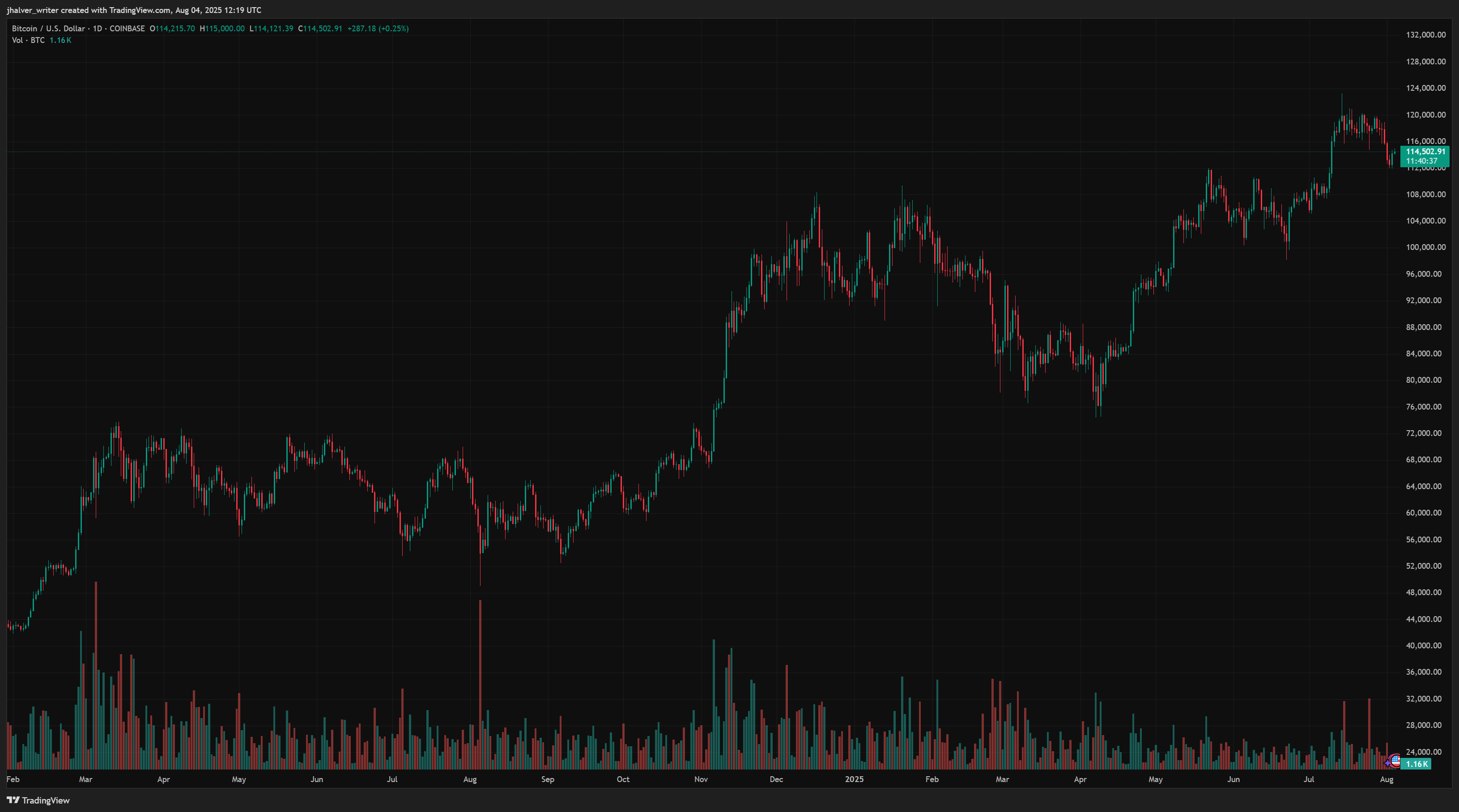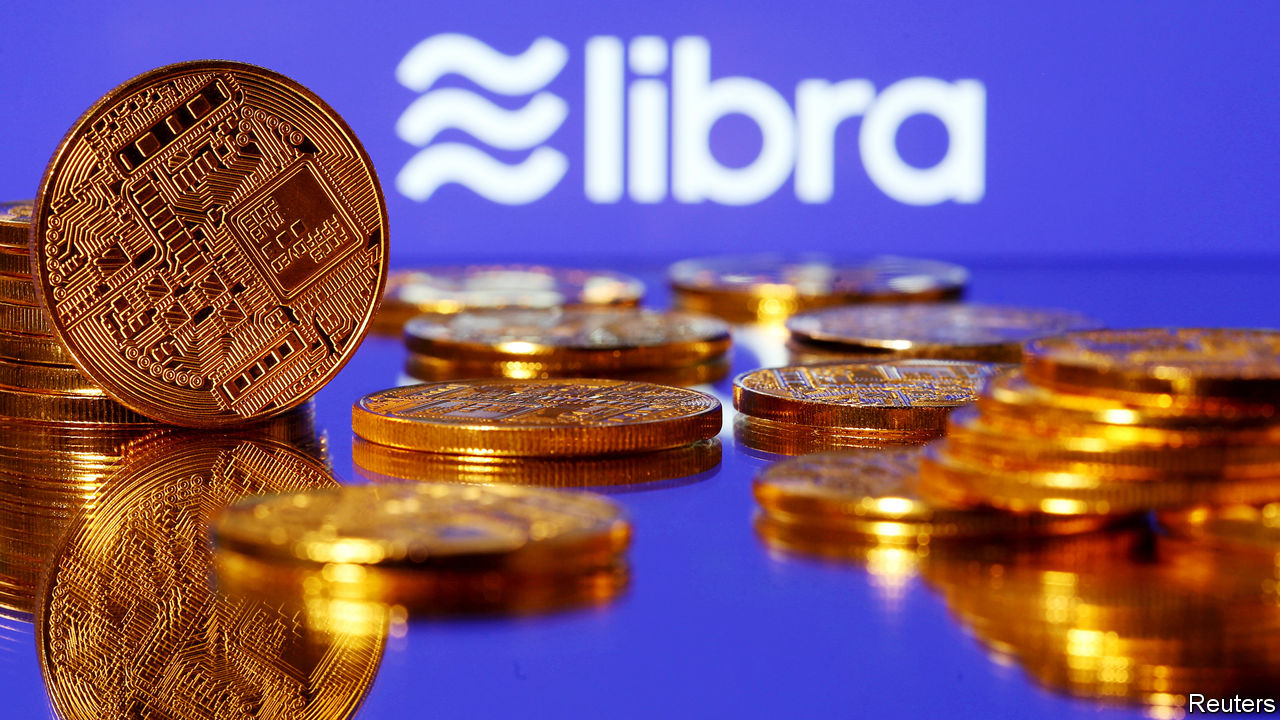
content, reviewed by leading industry experts and seasoned editors. Ad Disclosure
Ripple’s Chief Technology Officer, David Schwartz, has taken an interesting step regarding strengthening the XRPL infrastructure by personally deploying a powerful new server. In a detailed post shared on the social media platform X, David ‘JoelKatz’ Schwartz outlined his motivation, setup, and intentions behind this initiative, while also noting that it is an independent contribution outside his role at Ripple.
Schwartz’s Useful Hub Boosts XRPL Stability
While reflecting on what he has seen on the XRP Ledger, Schwartz mentioned that the best improvement for the network would be a high-performance hub that sets aside special connection slots for UNL validators, important nodes, and servers that run XRPL-based applications.
According to him, such a server would significantly improve the reliability and connectivity of critical components of the ecosystem. Although Schwartz is the company’s CTO, he noted that this is a personal project and not affiliated with Ripple as a company. The major goal is to support the network’s decentralization and reduce dependency on any single point of failure.
As noted by Schwartz, although his new server would be production-grade and strive for high uptime, XRPL nodes should never rely exclusively on a single hub, which is XRPL’s foundational principle of distributed trust. However, in his view, this type of infrastructure, independent yet dependable, could quietly but effectively increase XRPL’s performance and resilience.
Hardware And Configuration
To bring this vision to life, Schwartz selected an AMD 9950X CPU paired with 256GB of RAM, supported by a 2TB boot SATA SSD and a dual 2TB NVME SSD setup configured in software RAID 0 for NuDB performance. The server is also equipped with a 10GB unmetered internet link and runs on Ubuntu LTE. Interestingly, Schwartz also mentioned that the machine is already up and running in a New York City data center. It is synchronized with the XRPL and currently contributes to the network’s connectivity, although it is still undergoing stability tests.
A portion of the node’s slots would be reserved for high-priority connections such as validators and hubs, while the remaining slots would be open to the public on a best-effort basis. This hybrid access model is designed to strike a balance between offering reliable performance for mission-critical nodes and allowing wider participation in the network.
Over the coming weeks, it will be subjected to hardening and battle-testing to test its full capability of handling production-level activity for the most essential parts of the network. No disruptive testing is planned, he assured, unless extreme conditions demand it.
This initiative by David Schwartz is part of a broader ecosystem of independent validators contributing to the XRP Ledger. As XRPL continues to grow in utility and adoption among banks and institutions, projects like these help strengthen its infrastructure and guarantee a reliable performance across the network.
In another note, Schwartz recently noted that XRP’s utility in real financial use cases will ultimately boost its value in the long run. This comes as XRP is struggling to keep ahead of the $3 price level in recent days. At the time of writing, XRP is trading at $3.01, up by 5.4% in the past 24 hours.
Featured image from Getty Images, chart from Tradingview.com

Editorial Process for bitcoinist is centered on delivering thoroughly researched, accurate, and unbiased content. We uphold strict sourcing standards, and each page undergoes diligent review by our team of top technology experts and seasoned editors. This process ensures the integrity, relevance, and value of our content for our readers.

















 English (US) ·
English (US) ·